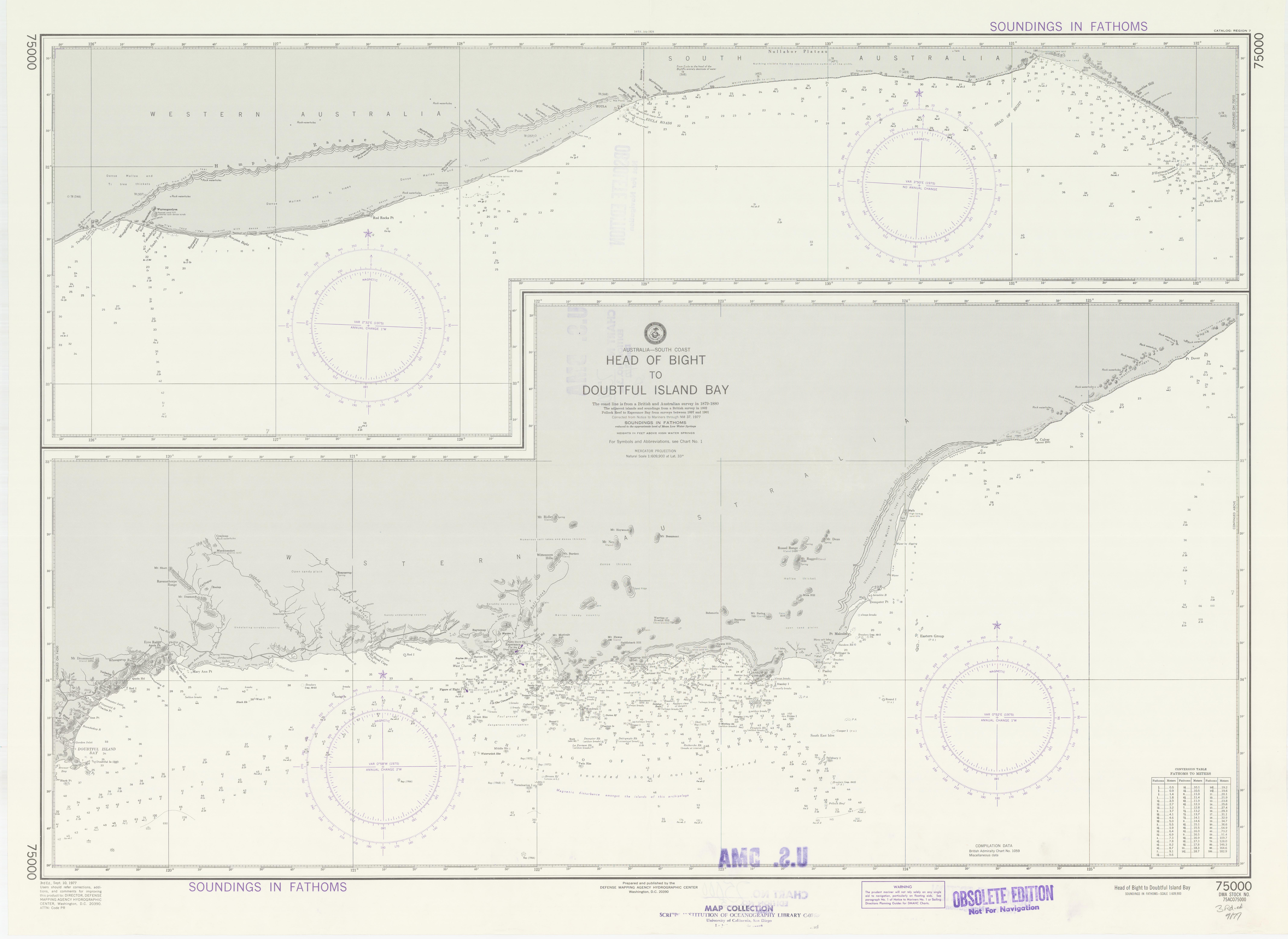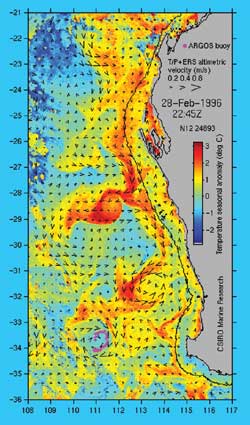|
Leeuwin Triplefin
''Norfolkia leeuwin'', known commonly as the Leeuwin triplefin, is a species of triplefin blenny in the genus '' Norfolkia''. It was described by Ronald Fricke in 1994. This species is found in the southern part of the coast of Western Australia from the Houtmon's Abrolhos Islands to the Recherche Archipelago. It is found in rocky reefs. Its specific name references the Leeuwin Current The Leeuwin Current is a warm ocean current which flows southwards near the western coast of Australia. It rounds Cape Leeuwin to enter the waters south of Australia where its influence extends as far as Tasmania. Discovery The existence of the ... which influences the coastal areas in which this fish occurs. References Leeuwin triplefin Fish described in 1994 {{blenniiformes-stub ... [...More Info...] [...Related Items...] OR: [Wikipedia] [Google] [Baidu] |
Ronald Fricke
Ronald Fricke is a German ichthyologist and researcher of biodiversity at the State Museum of Natural History Stuttgart. As of 2022, Fricke authored 8 families, 10 genera and 186 species within the families of Callionymidae, Gobiesocidae, Ophichthidae Ophichthidae is a family of fish in the order Anguilliformes, commonly known as the snake eels. The term "Ophichthidae" comes from Greek ''ophis'' ("serpent") and ''ichthys'' ("fish"). Snake eels are also burrowing eels. They are named for thei ..., Tripterygiidae and other families. He is a co-editor of Eschmeyer's Catalog of Fishes; among his current tasks is the building of a digital ichthyological literature archive. Publications See Wikispecies below. Taxon described by him *See :Taxa named by Ronald Fricke References External links * Living people Year of birth missing (living people) Taxon authorities German ichthyologists 21st-century German zoologists Scientists from Stuttgart {{Germany-scient ... [...More Info...] [...Related Items...] OR: [Wikipedia] [Google] [Baidu] |
Triplefin
Threefin or triplefin blennies are blenniiforms, small percomorph marine fish of the family Tripterygiidae. Found in tropical and temperate waters of the Atlantic, Pacific and Indian Oceans, the family contains about 150 species in 30 genera. The family name derives from the Greek ''tripteros'' meaning "with three wings". With an elongated, typical blenny form, threefin blennies differ from their relatives by having a dorsal fin separated into three parts (hence the name); the first two are spinous. The small, slender pelvic fins are located underneath the throat and possess a single spine; the large anal fin may have one or two spines. The pectoral fins are greatly enlarged, and the tail fin is rounded. The New Zealand topknot, ''Notoclinus fenestratus'', is the largest species at 20 cm in total length; most other species do not exceed 6 cm. Many threefin blennies are brightly coloured, often for reasons of camouflage; these species are popular in the aquarium hobby. ... [...More Info...] [...Related Items...] OR: [Wikipedia] [Google] [Baidu] |
Norfolkia
''Norfolkia'' is a genus of triplefins in the family Tripterygiidae. They are found I the Indo-Pacific region. Species There are four species currently recognised in ''Norfolkia'': * Tropical scaly-headed triplefin, '' Norfolkia brachylepis'' (Schultz, 1960) * Leeuwin triplefin, '' Norfolkia leeuwin'' Fricke, 1994 * Scalyhead triplefin, '' Norfolkia squamiceps'' (McCulloch & Waite, 1916) * Thomas' triplefin, '' Norfolkia thomasi'' Whitley, 1964 Etymology Fowler described ''Norfolkia lairdi'' from a type collected at Kingston, Norfolk Island Kingston ( Norf'k: ''Daun a'Taun''Buffett, Alice Inez, ''Speak Norfolk Today: An Encyclopedia of the Norfolk Island language'', Himii Publishing, Norfolk Island 1999: 24) is the administrative centre of the Australian external territory of Norfol ... and named the new genus after the island. References Tripterygiidae {{blenniiformes-stub ... [...More Info...] [...Related Items...] OR: [Wikipedia] [Google] [Baidu] |
Species Description
A species description is a formal description of a newly discovered species, usually in the form of a scientific paper. Its purpose is to give a clear description of a new species of organism and explain how it differs from species that have been described previously or are related. In order for species to be validly described, they need to follow guidelines established over time. Zoological naming requires adherence to the ICZN code, plants, the ICN, viruses ICTV, and so on. The species description often contains photographs or other illustrations of type material along with a note on where they are deposited. The publication in which the species is described gives the new species a formal scientific name. Some 1.9 million species have been identified and described, out of some 8.7 million that may actually exist. Millions more have become extinct throughout the existence of life on Earth. Naming process A name of a new species becomes valid (available in zo ... [...More Info...] [...Related Items...] OR: [Wikipedia] [Google] [Baidu] |
Western Australia
Western Australia (commonly abbreviated as WA) is a state of Australia occupying the western percent of the land area of Australia excluding external territories. It is bounded by the Indian Ocean to the north and west, the Southern Ocean to the south, the Northern Territory to the north-east, and South Australia to the south-east. Western Australia is Australia's largest state, with a total land area of . It is the second-largest country subdivision in the world, surpassed only by Russia's Sakha Republic. the state has 2.76 million inhabitants percent of the national total. The vast majority (92 percent) live in the south-west corner; 79 percent of the population lives in the Perth area, leaving the remainder of the state sparsely populated. The first Europeans to visit Western Australia belonged to the Dutch Dirk Hartog expedition, who visited the Western Australian coast in 1616. The first permanent European colony of Western Australia occurred following the ... [...More Info...] [...Related Items...] OR: [Wikipedia] [Google] [Baidu] |
Houtman Abrolhos
The Houtman Abrolhos (often called the Abrolhos Islands) is a chain of 122 islands and associated coral reefs, in the Indian Ocean off the west coast of Australia, about west of Geraldton, Western Australia. It is the southernmost true coral reef in the Indian Ocean, and one of the highest latitude reef systems in the world. It is one of the world's most important seabird breeding sites, and is the centre of Western Australia's largest single-species fishery, the western rock lobster fishery. It has a small seasonal population of fishermen, and a limited number of tourists are permitted for day trips, but most of the land area is off limits as conservation habitat. It is well known as the site of numerous shipwrecks, the most famous being the Dutch ships , which was wrecked in 1629, and , wrecked in 1727. The islands are an unincorporated area with no municipal government, subject to direct administration of the Government of Western Australia. In July 2019, the Houtman Abro ... [...More Info...] [...Related Items...] OR: [Wikipedia] [Google] [Baidu] |
Recherche Archipelago
The Archipelago of the Recherche, known locally as the Bay of Isles, is a group of 105 islands, and over 1200 "obstacles to shipping", off the south coast of Western Australia. The islands stretch from east to west and to off-shore encompassing an area of approximately . The western group is near Esperance and the eastern group at Israelite Bay. They are located in coastal waters, part of which is designated the Recherche Archipelago Nature Reserve. History Pre-European Recherche Archipelago exhibits evidence of human occupation dated to 13,000 years ago. Archeologists have found ancient artefacts on Salisbury Island, a massive limestone remnant sitting on a granite dome offshore, that included stone blades, lizard traps, axe heads, grinding stones and granite watering holes. The objects are believed to extend up to 13,000 years before present, from a time of lower sea levels when many of the islands were joined to the mainland. European discovery and naming The island ... [...More Info...] [...Related Items...] OR: [Wikipedia] [Google] [Baidu] |
Specific Name (zoology)
In zoological nomenclature, the specific name (also specific epithet or species epithet) is the second part (the second name) within the scientific name of a species (a binomen). The first part of the name of a species is the name of the genus or the generic name. The rules and regulations governing the giving of a new species name are explained in the article species description. For example, the scientific name for humans is ''Homo sapiens'', which is the species name, consisting of two names: ''Homo'' is the " generic name" (the name of the genus) and ''sapiens'' is the "specific name". Historically, ''specific name'' referred to the combination of what are now called the generic and specific names. Carl Linnaeus, who formalized binomial nomenclature, made explicit distinctions between specific, generic, and trivial names. The generic name was that of the genus, the first in the binomial, the trivial name was the second name in the binomial, and the specific the proper term for ... [...More Info...] [...Related Items...] OR: [Wikipedia] [Google] [Baidu] |
Leeuwin Current
The Leeuwin Current is a warm ocean current which flows southwards near the western coast of Australia. It rounds Cape Leeuwin to enter the waters south of Australia where its influence extends as far as Tasmania. Discovery The existence of the current was first suggested by William Saville-Kent in 1897. Saville-Kent noted the presence of warm tropical water offshore in the Houtman Abrolhos, making the water there in winter much warmer than inshore at the adjacent coast. The existence of the current was confirmed over the years, but not characterised and named until Cresswell and Golding did so in the 1980s. Track The West Australian Current and Southern Australian Countercurrent, which are produced by the West Wind Drift on the southern Indian Ocean and at Tasmania, respectively, flow in the opposite direction, producing one of the most interesting oceanic current systems in the world. The ‘core’ of the Leeuwin Current can generally be detected as a peak in the surface te ... [...More Info...] [...Related Items...] OR: [Wikipedia] [Google] [Baidu] |


_photo_2.jpg)

